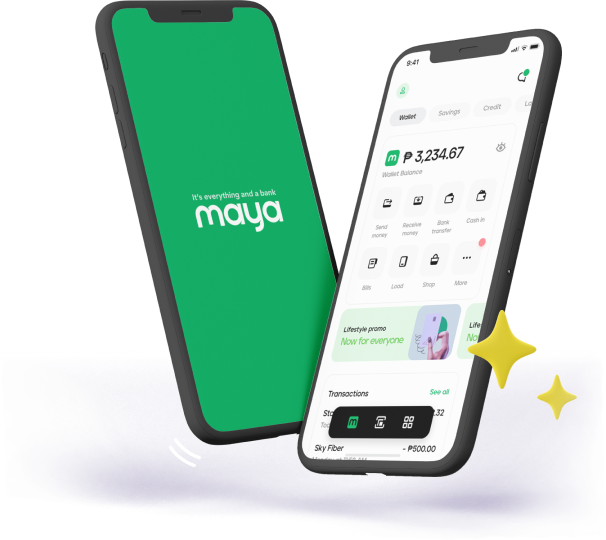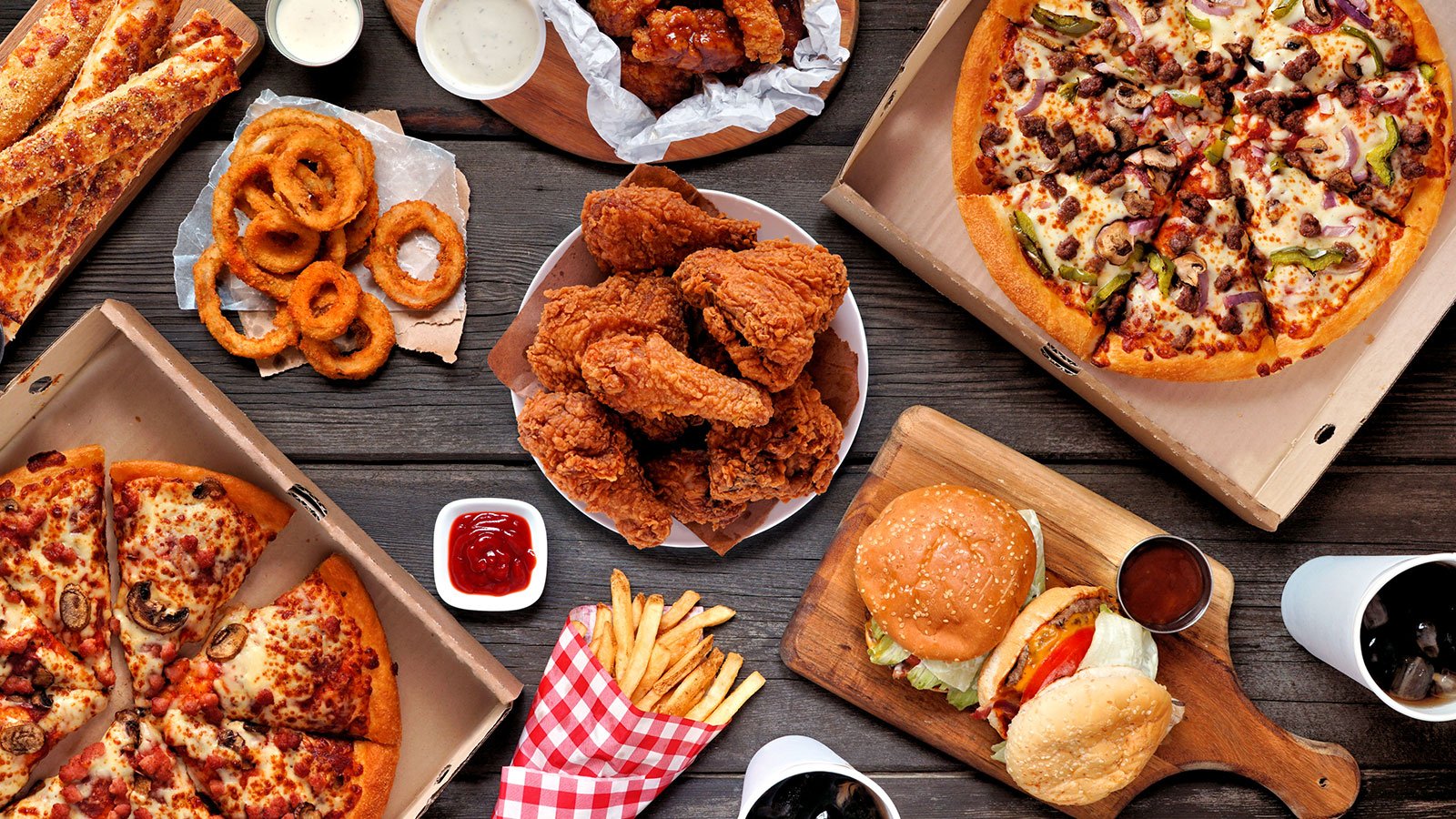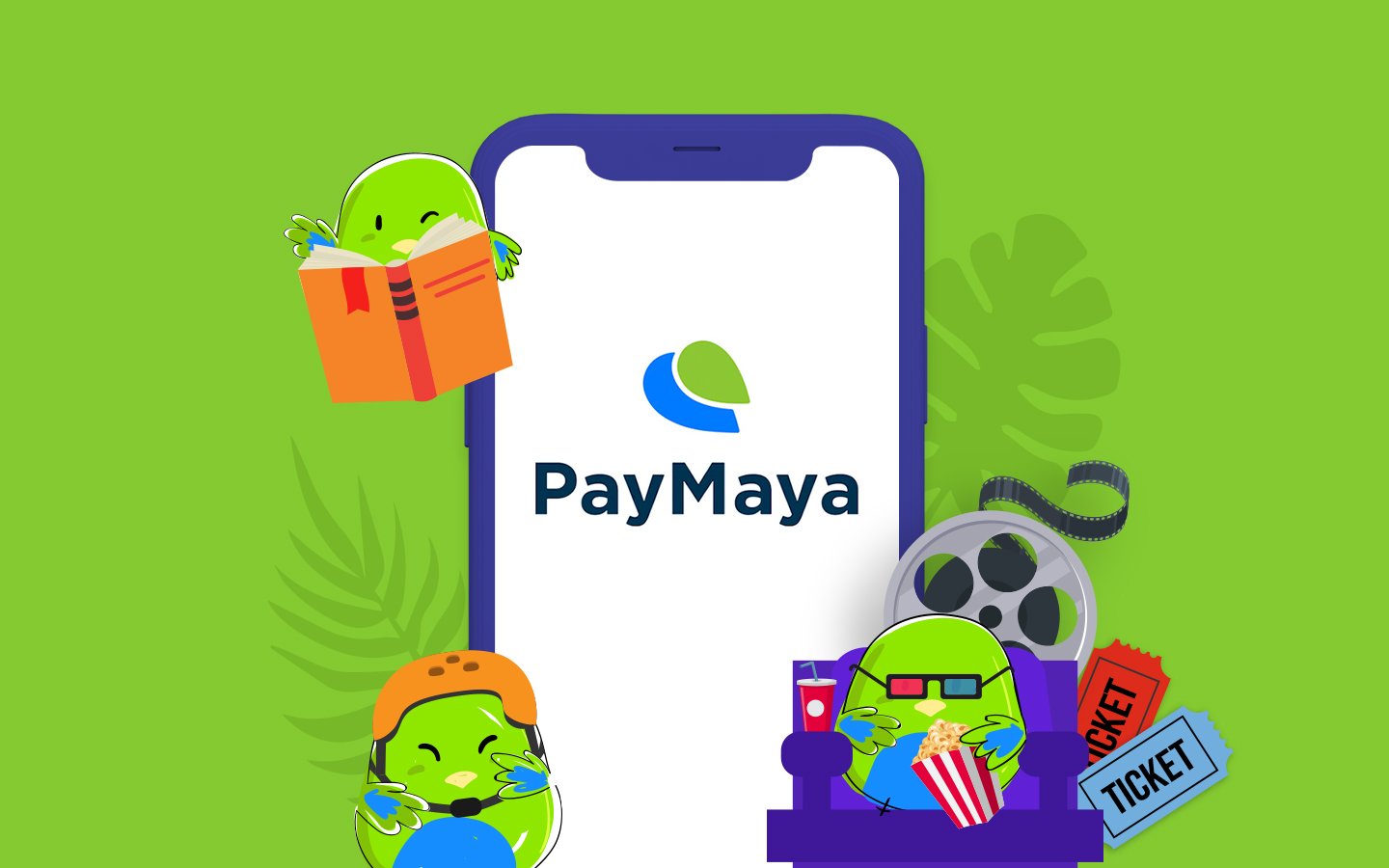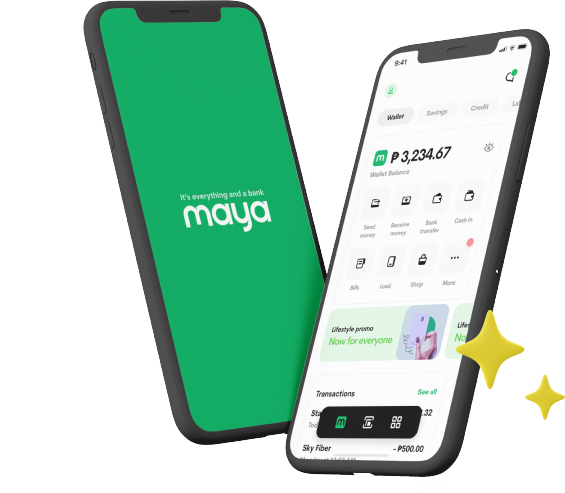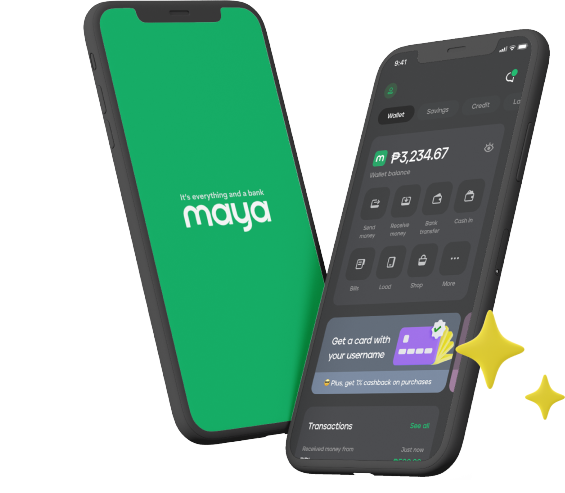- Home
- Services
- User Guide
- All Guides
- Account Limits
- Activate Virtual Card
- Bank Transfer
- Bills Payment
- Cash In
- Claim Remittance
- Create an Account
- Crypto
- Email Verification
- Gaming
- Get a Maya Card
- Get Protected
- Link Physical Card
- Mobile Prepaid Load
- Mobile Data
- Pay using Maya Card
- Pay with Maya online
- Pay with QR
- Save
- Send Money
- Funds
- Travel with Maya
- Upgrade Account
- Use Abroad
- Deals
- Store
- Partner Merchants
- Stories
- About Maya
- Help & Support
- Contact Us
- Home
- Services
- User Guide
- All Guides
- Link Physical Card
- Account Limits
- Mobile Data
- Activate Virtual Card
- Mobile Prepaid Load
- Bank Transfer
- Pay using Maya Card
- Bills Payment
- Pay with Maya online
- Cash In
- Pay with QR
- Claim Remittance
- Create an Account
- Save
- Crypto
- Send Money
- Email Verification
- Send Money via @Username
- Funds
- Travel with Maya
- Gaming
- Get a Maya Card
- Use Abroad
- Get Protected
- Deals
- Help & Support
- Store
- Partner Merchants
- Stories
Dependability is one of the main draws of quick-service restaurants. No matter which branch you head to, you can expect fast food outlets belonging to the same brand to look the same and have the same items on their menu. This automatically brings a sense of comfort, as you don’t have to reacquaint yourself with a new environment, food choices, or a way of placing your order. When you choose to get fast food for any meal of the day, it’s always an option to lean back on what you already know about the brand and the food they serve. In short, fast food restaurants evoke familiarity, and this makes for a smooth and easy customer experience.
That’s not to say, however, that quick-service restaurants are resistant to change. As a matter of fact, many fast food brands are incorporating new systems in their branches to see if these can help improve the performance of their crew and the experience of their customers. Here are just some of the popular technologies that quick-service restaurants are using to improve the way they do business:
Cashless Transactions
When you think about it, bringing cash with you all the time can be a hassle. Counting bills and coins requires a lot of effort, and shuffling to organize your change after you’ve paid for your order can hold up the line. Also, in case you lose your cash, you’ll have a hard time immediately proving that the money is yours unless you’ve memorized its serial numbers. These are just some of the issues that you can avoid by paying for your fast food meals using cashless transactions like credit or debit cards or a digital wallet app like Maya. Just type in the amount you need to pay and then swipe your card or scan the fast food’s QR code. There’s no need to count and stash your change while keeping others waiting in the line.
A digital wallet, for one, allows customers to store their money in a safe space. As the transactions done using this type of app can be traced, it’s easy to pinpoint exactly where your money went should you need to retrieve it. Also, with a digital wallet right at your fingertips, you can pay for your orders without necessarily touching surfaces that other people have touched. Some restaurants also provide discounts, rewards, or freebies to customers who use cashless means to pay for their purchases.
Touchscreen POS Terminals
While customers definitely value face-to-face interactions, it’s important to note that transferring information from one person to another can lead to errors. Lining up to the payment counter takes time as well, so to save time, many customers join the queue even though they haven’t decided on their order. If they were not able to reach a decision when they get to the counter, they can further hold up the line.
A touchscreen point-of-sale solves this by bridging the gap between the customer and the system that the restaurant uses. The customer can enter the exact food items they want on the POS, minimizing the possibility of human error. Once the customer is done entering the details of the order, this information is sent directly to the kitchen where the items can be prepared by the staff.
Food Delivery Service Apps
Fast food restaurants are also keen on using food delivery apps to fulfill their takeout orders. This allows them to maximize their revenue even if their customers are unable to come to their brick-and-mortar branch or if their current space is not ready to accommodate more people. Customers can complete the details of their order on the food delivery service app, pay for it using their digital wallet, or opt for cash-on-delivery options. Most fast food restaurants retain the original price of the order, while the food delivery service app they partnered with charges the customers extra for shipping.
Schedule Makers
A schedule maker is another indispensable tool in a working environment that is as efficient and as demanding as a quick-service restaurant. This software allows the manager of the fast food branch to easily organize a work schedule while minimizing the risk for under- and over-staffing. The manager can use the software to track forecasted sales level, employee availability, shift swaps, and other factors that can affect the number of people—both customers and staff members—at the store.
In a country where food is at the front and center of almost every celebration and social event, it’s not too outrageous to claim that fast food or quick-service restaurants have found a place in Filipino culture. These new tools and technologies will undoubtedly change the way quick-service restaurants operate and how customers can expect their fast food experience to turn out. As these innovations become more familiar, though, consumers will come to appreciate how these will improve their everyday eating habits and options.
You might also like
These Stories on How-To
Maya Customer Hotline: (+632) 8845-7788
Domestic Toll-Free: 1-800-1084-57788
Mobile: Dial *788 using your Smart mobile phone
Domestic Toll-Free: 1-800-1084-57788
Mobile: Dial *788 using your Smart mobile phone
Maya is powered by the country's only end-to-end digital payments company Maya Philippines, Inc. and Maya Bank, Inc. for digital banking services. Maya Philippines, Inc. and Maya Bank, Inc. are regulated by the Bangko Sentral ng Pilipinas.
www.bsp.gov.ph
Scan to download
the Maya app
the Maya app
© Copyright Maya 2022 All Rights Reserved.

